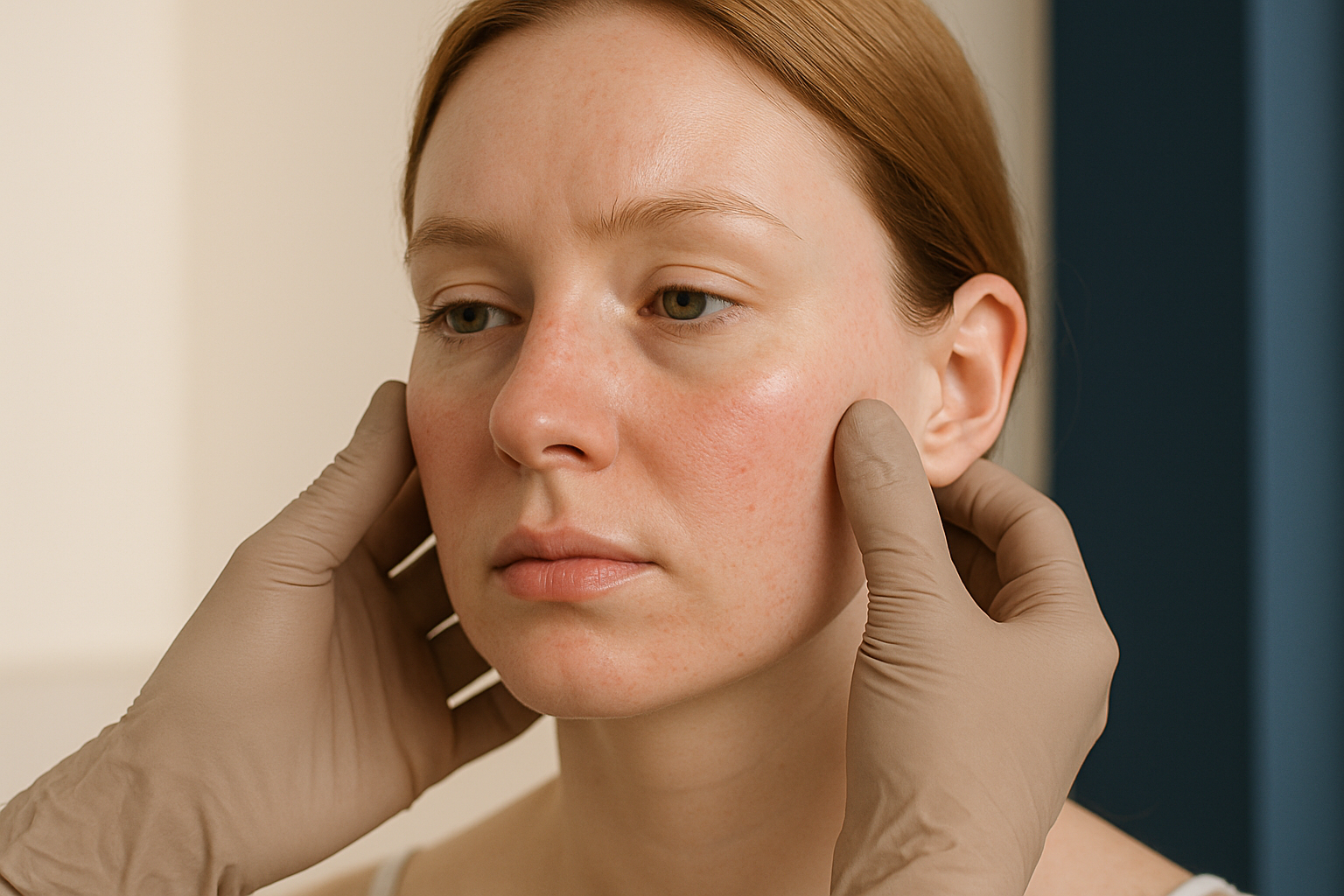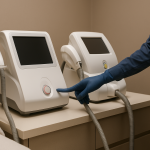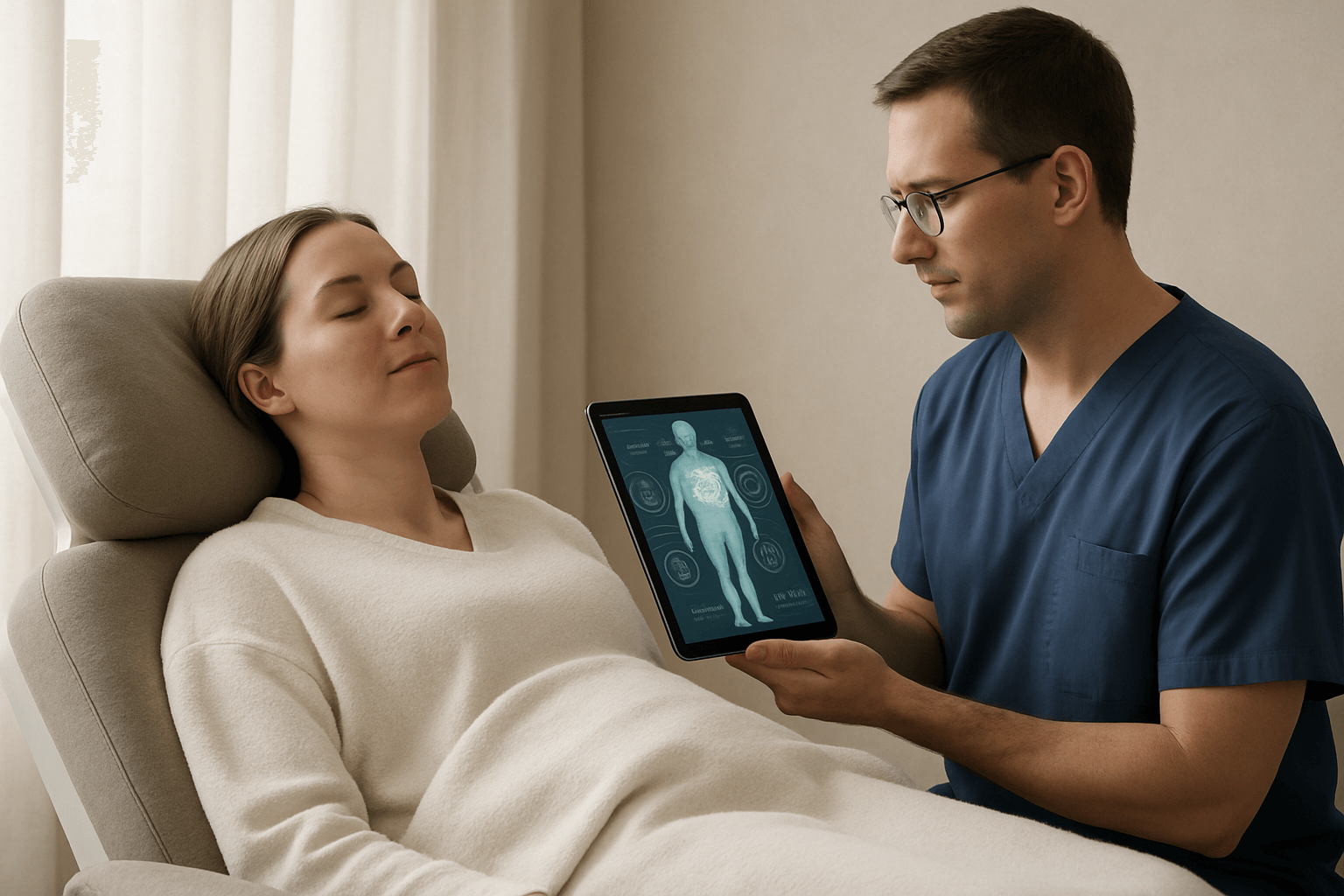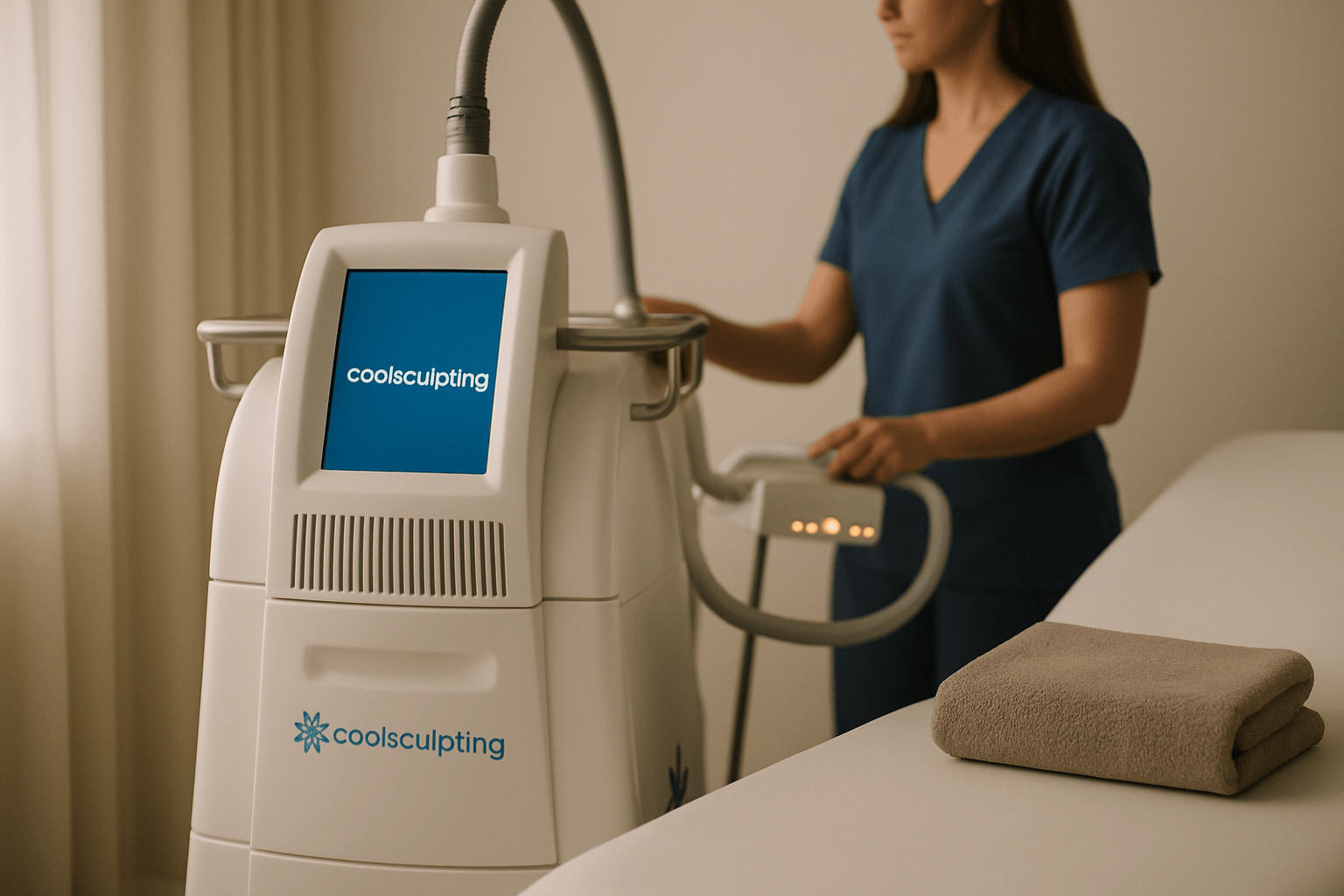If you have sensitive skin, pursuing aesthetic treatments can feel overwhelming. Concerns about redness, irritation, or flare-ups are common—and valid. Sensitive skin requires extra care and a thoughtful approach, especially when it comes to cosmetic procedures.
But here’s the good news: advances in medical aesthetics now offer a variety of safe and gentle options for people with sensitive skin. Understanding which treatments are appropriate (and which to avoid) is the first step toward glowing, healthy-looking skin without unnecessary risk.
This blog explores the safest aesthetic treatments for sensitive skin, expert recommendations from the Kovak Cosmetic Center team, and practical tips for getting the best results.
Jump To:
TLDR – Quick Guide
- Many gentle, non-invasive aesthetic treatments are suitable for sensitive skin when supervised by an experienced provider.
- Patch testing and personalized consultations are essential for minimizing the risk of irritation.
- Top options include HydraFacial®, PicoWay® laser, microneedling with PRP, and carefully selected injectables.
- Avoid harsh chemical peels, aggressive lasers, and unproven at-home devices.
- Consistent aftercare and open communication with your provider ensure the best results.
Detailed Breakdown
What Makes Skin Sensitive—and Why Does It Matter?
Sensitive skin reacts quickly to common triggers—think weather changes, fragrances, or topical products. It can be prone to redness, burning, or breakouts after even mild irritation. That’s why any cosmetic treatment must be chosen and performed with extra care.
Safest Aesthetic Treatments for Sensitive Skin
1. HydraFacial®
- This gentle, customizable facial uses a three-step process: cleansing, exfoliation, and hydration—all without harsh chemicals or abrasive techniques.
- Benefits: Reduces redness, improves texture, and delivers moisture without over-stimulating the skin.
- Ideal for: Sensitive or rosacea-prone skin seeking a healthy glow.
2. PicoWay® Laser Treatments
- PicoWay® uses ultra-short pulses that target pigment and skin imperfections with minimal heat.
- Benefits: Treats pigmentation, acne scars, and sun damage while dramatically lowering the risk of inflammation or burns.
- Ideal for: Sensitive skin that can’t tolerate traditional lasers.
3. Microneedling with PRP (Platelet-Rich Plasma)
- Microneedling creates micro-channels to stimulate collagen, while PRP (derived from your own blood) accelerates healing and calms inflammation.
- Benefits: Improves fine lines, texture, and overall resilience—while PRP reduces downtime and boosts comfort.
- Ideal for: Sensitive skin needing rejuvenation with minimal risk.
4. Select Injectables (with Expert Guidance)
- Certain dermal fillers and neuromodulators (like Botox) can be safely used, provided the formulation is free of common irritants.
- Benefits: Adds volume and smoothness without damaging the skin’s surface.
- Note: Always consult a provider who specializes in sensitive skin to determine suitability.
Treatments and Ingredients to Avoid
- Harsh Chemical Peels: Deep peels and high-strength acids can trigger flare-ups or prolonged redness.
- Abrasive Microdermabrasion: Physical exfoliation may compromise the skin barrier.
- Strong Laser Resurfacing: Older laser technologies can cause burns or post-treatment irritation in sensitive individuals.
- Fragranced or Alcohol-Based Topicals: These ingredients often worsen sensitivity and should be avoided in aftercare.
How to Prepare—and What to Expect
- Consultation Is Key: Always begin with a comprehensive skin analysis and medical history review.
- Patch Testing: Reputable clinics will perform patch tests before any new procedure to identify potential reactions.
- Aftercare Matters: Gentle cleansers, fragrance-free moisturizers, and strict sun protection support optimal recovery.
- Follow-Up: Schedule post-treatment check-ins to ensure your skin is healing as expected.
Realistic Expectations: What Most Patients Experience
- Quick wins: Improved hydration, smoother texture, and subtle radiance often appear after a single session.
- Gradual gains: With a series of treatments, redness fades and overall resilience increases.
- Long-term success: Sensitive skin becomes less reactive and more balanced with regular, expert-guided care.
- Important: Everyone’s skin is unique—open, ongoing communication with your provider makes all the difference.
Key Takeaways
- Sensitive skin can safely benefit from aesthetic treatments—if you choose wisely and work with a trusted clinic.
- Opt for gentle, proven methods like HydraFacial®, PicoWay®, and microneedling with PRP.
- Avoid harsh, abrasive, or highly reactive procedures.
- Personalized consultations, patch testing, and proper aftercare are essential for best results.
- Prioritize clinics experienced in treating sensitive skin for peace of mind and beautiful outcomes.
FAQs
Are aesthetic treatments safe for sensitive skin?
Yes, when performed by skilled providers using appropriate methods. Always request a patch test or trial session first.
Which facial is best for sensitive skin?
HydraFacial® is one of the top choices, offering deep hydration and cleansing with minimal risk of irritation.
Can sensitive skin tolerate laser treatments?
Modern devices like PicoWay® are designed for safety and minimal inflammation. Avoid aggressive lasers unless specifically cleared by your provider.
What should I avoid after treatment?
Steer clear of harsh products, exfoliants, and direct sun exposure for several days post-procedure.
How do I know if a treatment is right for me?
Book a personalized consultation and request patch testing. Your provider will help you develop a safe, effective plan tailored to your skin’s needs.







